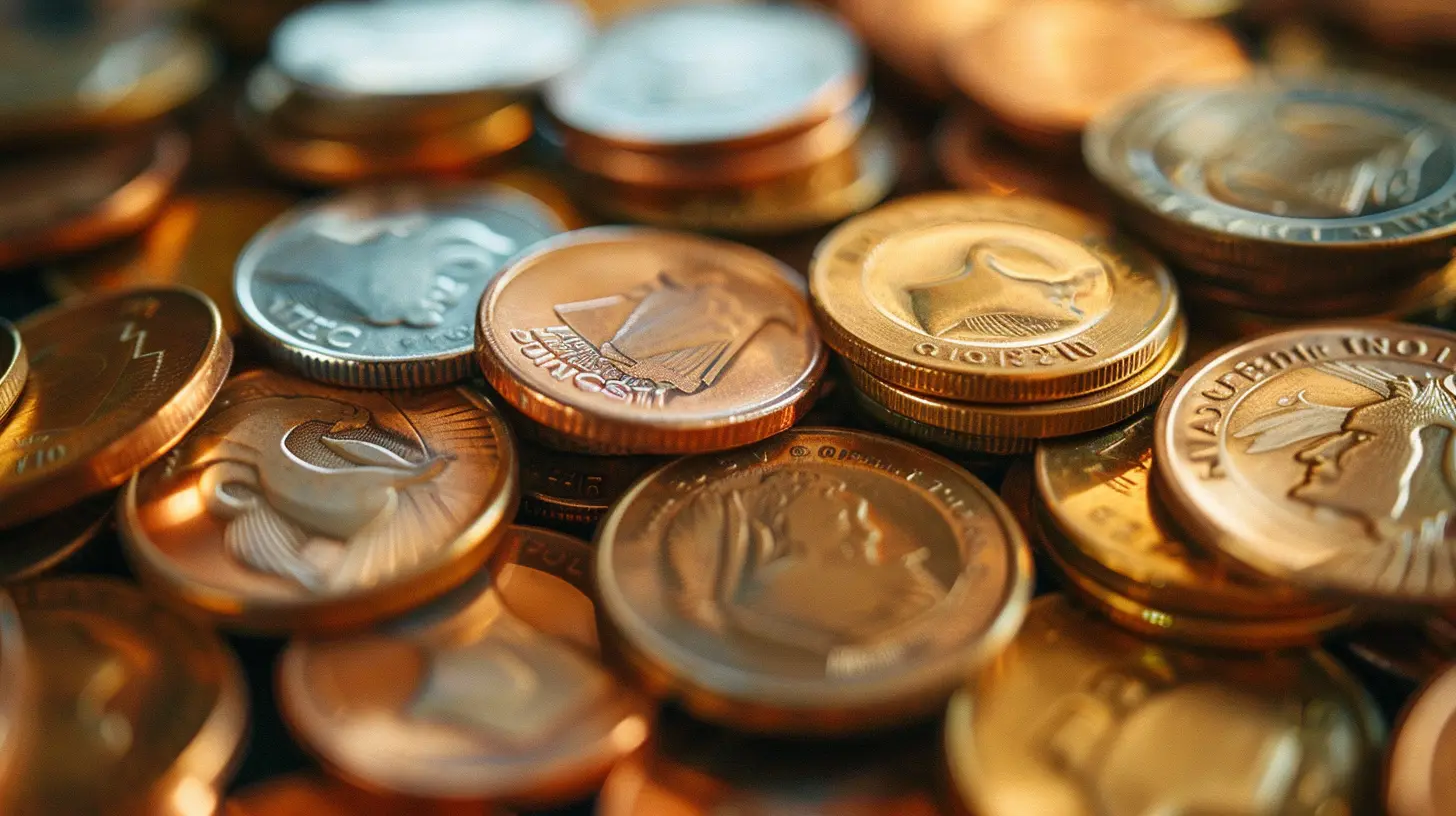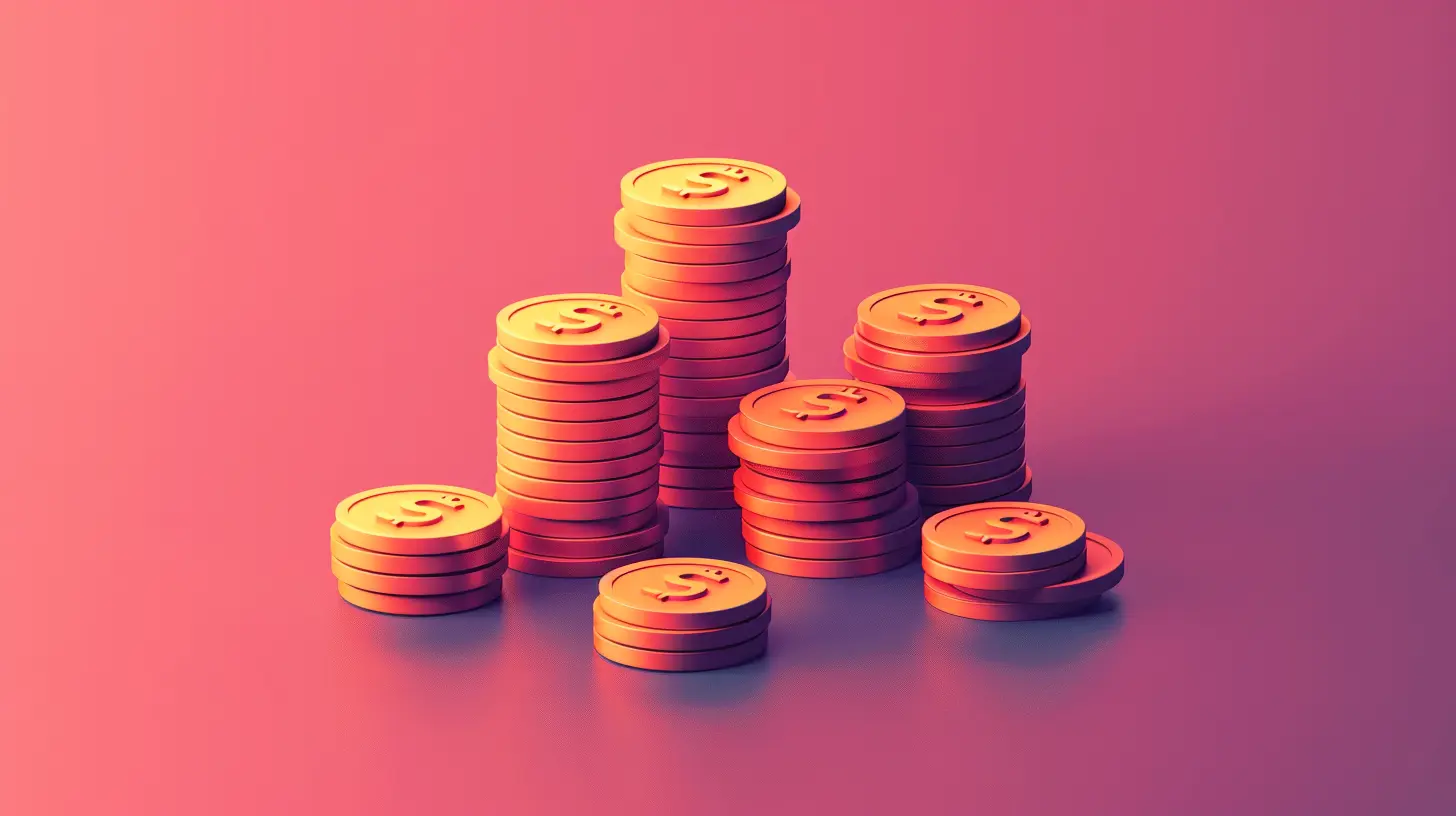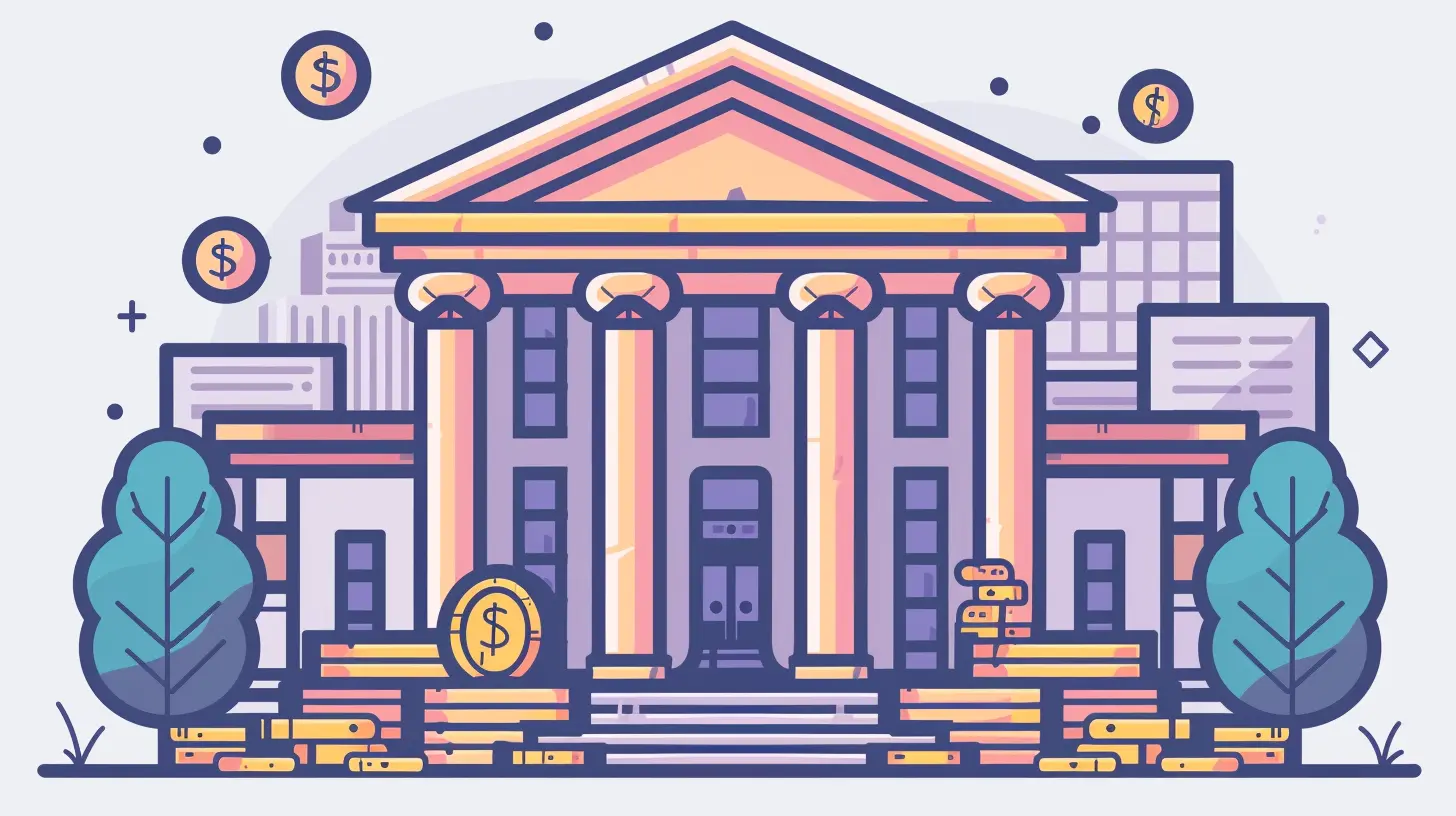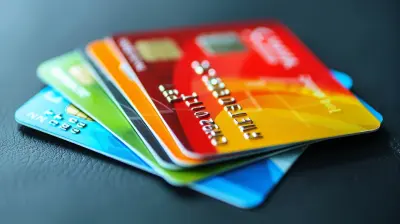A Beginner’s Guide to Dividend Yield and Payout Ratios
8 November 2025
If you’ve ever thought about investing in stocks and wondered what the heck "dividend yield" or "payout ratio" really means, you're not alone. These terms get thrown around a lot in the financial world, and for beginners, it can feel like trying to decode a different language. But trust me—it’s not as complicated as it sounds.
Let’s break it down together, in plain English, so you can start making smarter, more confident investment decisions.
What Exactly Is a Dividend?
Before we dive into dividend yield and payout ratios, let’s first get one thing straight—what is a dividend?A dividend is like a thank-you note, but with money. When you own shares in a company, you technically own a piece of that business. Some companies like to share a portion of their profits with shareholders. That little thank-you comes in the form of a dividend—a cash (or sometimes stock) payout you receive just for holding their stock.
Not all companies pay dividends, though. Startups or fast-growing companies often prefer to reinvest earnings back into the business instead of handing it out to shareholders. That’s totally normal. But many established companies—think Coca-Cola, Johnson & Johnson, or Procter & Gamble—do pay dividends regularly.
Now, What is Dividend Yield?
Okay, now that we know what dividends are, let’s talk about dividend yield. This is one of the most important metrics for dividend investors.In simple terms, dividend yield is the percentage of a company’s stock price that it pays out in dividends each year.
Here’s the basic formula:
Dividend Yield = (Annual Dividend per Share / Price per Share) x 100
An Example to Make It Clear
Let’s say a company pays $2 per year in dividends, and the stock is currently trading at $50 per share. The dividend yield would be:
($2 / $50) x 100 = 4%
Easy, right? That means for every $100 you invest, you’d earn about $4 per year in dividends—assuming the dividend stays the same.
Think of it like a savings account interest rate, but it comes from owning a piece of a business instead of parking your cash in a bank.
So, Why Should You Care About Dividend Yield?
Great question. Dividend yield is crucial because it gives you an idea of how much return you’re getting from dividends alone. If you’re retired, thinking about retirement, or just want some passive income, dividend yield could be your new best friend.But here’s the catch—you don’t just chase high yields blindly. That can get risky (more on that in a second).
Understanding the Payout Ratio
Now let’s talk about the payout ratio. This one’s a bit sneaky but super important. It tells you how much of a company’s earnings are being used to pay dividends.Here’s the formula:
Payout Ratio = (Dividends per Share / Earnings per Share) x 100
Let’s say a company earns $5 per share in profit and pays out $2 in dividends. The payout ratio would be:
($2 / $5) x 100 = 40%
That means the company is using 40% of its profits to reward shareholders and keeping the other 60% to grow the business or pay down debt.
Why Should You Pay Attention to the Payout Ratio?
Because it shows you how sustainable a dividend is. A low payout ratio usually means the dividend is safe and there’s room to grow. A high payout ratio—especially over 80%—might be a red flag. If the company hits a rough patch and profits drop, they may not be able to maintain those juicy dividends.It’s like someone spending almost all their paycheck on gifts. Sure, it’s generous, but what happens if they lose their job?
Dividend Yield vs. Payout Ratio: What’s the Difference?
You might be thinking, “Wait, aren’t these the same thing?” Nope. They’re related but measure totally different things.- Dividend Yield is about your return on investment based on the stock's price.
- Payout Ratio is about how much of the company’s profit is being used to pay that dividend.
You want both numbers to be healthy. High yield can be great, but only if it’s backed by a sustainable payout ratio. A super high yield with a payout ratio of 120%? That’s probably too good to be true—and might not last.
The Danger of Chasing High Dividend Yields
It’s tempting to look at a stock with an 8% or 10% dividend yield and think, “Jackpot!” But here’s the reality—high yields can come with big risks.Sometimes a high yield happens because the stock price has dropped significantly. And the reason it dropped? The company might be in trouble. So, that high yield may not stick around for long.
Imagine your friend offering to pay you 10% interest to borrow money… but you know they already have credit card debt, no savings, and a history of missed payments. Would you still lend them the money?
Same principle.
What’s a “Good” Dividend Yield?
Ah, the golden question. There’s no magic number, but here’s a general rule of thumb:- 2% to 4% is usually considered solid and sustainable.
- 4% to 6% is attractive but may require a little digging to make sure it’s reliable.
- Above 6%? Proceed with caution. Do your due diligence.
Remember, dividends are just one piece of the puzzle. A healthy company with a growing dividend over the years? That’s where the real magic happens.
Bonus: Dividend Growth Stocks vs. High Yield Stocks
Some investors prefer high-yield stocks—those that pay big dividends right now. Others love dividend growth stocks—companies that increase their dividends every year, even if the yield starts off lower.Think of it like this:
- High yield = a big slice of cake today.
- Dividend growth = a smaller slice now, but the cake keeps getting bigger every year.
If you're in it for the long haul, dividend growth companies can actually end up paying you more over time. It’s the investing version of “slow and steady wins the race.”
How to Use These Metrics When Picking Stocks
Okay, now that you’re armed with this knowledge, how do you use it?When looking at a dividend-paying stock, ask yourself:
1. What is the current dividend yield?
2. Is the payout ratio reasonable (ideally under 60%)?
3. Has the company consistently paid or increased its dividend over time?
4. Is the company financially healthy with solid earnings?
5. Do I believe in the business and its future?
It’s not about picking the highest yield—it’s about picking quality.
The Power of Reinvesting Dividends
Here’s another pro tip: consider reinvesting your dividends. Instead of taking the cash payout, many investors choose to automatically reinvest dividends to buy more shares of the stock.This snowballs over time. It’s called compounding, and it’s like planting seeds that grow into a forest. A small investment today, with reinvested dividends, can blossom into something big down the line.
Final Thoughts: Keep It Simple, Stay Curious
Dividend investing doesn’t have to be overwhelming. You don’t need a finance degree or a Wall Street mentor. You just need to understand a few key concepts—like dividend yield and payout ratios—and keep asking questions.The more informed you are, the better your decisions will be. And trust me, there’s something incredibly satisfying about earning money just for holding a stock you believe in. It’s like your money is working a second job while you sleep.
So, take your time, do your homework, and start small. Before you know it, you’ll be talking dividends like a pro.
Quick Recap: Dividend Yield and Payout Ratio 101
- Dividend: A portion of a company’s profits paid to shareholders.- Dividend Yield: Shows how much you'll earn from dividends based on stock price.
- Payout Ratio: Indicates how much of the company’s earnings go to dividends.
- High Yield Isn’t Always Good: Sometimes high yield = high risk.
- Healthy Ratio & Consistency Matter: Look for stable, growing dividends with reasonable payout ratios.
- Reinvesting Dividends Helps: Compound your returns over time.
TL;DR: Invest Like You Care, Not Like You Gamble
At the end of the day, investing with dividends is about patience, consistency, and being smart—not flashy. It’s like building a brick house instead of a straw hut. It takes time, but it stands strong.You don’t need the biggest dividends or the most exciting stocks. You just need a strategy and the discipline to stick to it. And now that you understand dividend yield and payout ratios, you're off to a great start.
Keep going. Keep learning. Your future self will thank you.
all images in this post were generated using AI tools
Category:
Dividend InvestingAuthor:

Audrey Bellamy
Discussion
rate this article
1 comments
Talia Campbell
Ready to dive into the world of dividend yields and payout ratios? Think of it as your financial treasure map! With this guide, you’ll unlock the secrets to making your money work for you—no pirate hat required. Let’s set sail on this rewarding investment adventure!" 🏴☠️💰
November 9, 2025 at 4:14 AM

Audrey Bellamy
Absolutely! Excited to embark on this journey to financial success with you. Let’s uncover those treasures together! 🌟💸


